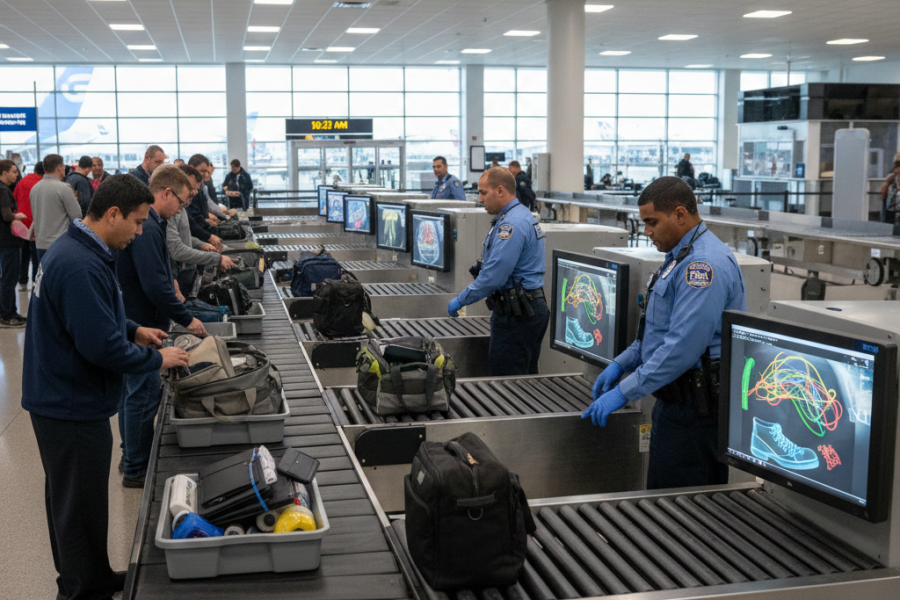Ever noticed that flight prices seem to change every time you check them? One evening it’s affordable, and by the next morning, it’s nearly doubled. Welcome to the world of airline pricing, a fascinating mix of technology, demand, and timing.
Airlines today use dynamic pricing models powered by artificial intelligence (AI) and real-time data to set fares. This means ticket prices fluctuate constantly based on various factors — from booking trends to weather conditions and even your search behaviour. Understanding how airline pricing works can help travellers find the best deals and avoid paying more than they should.
What Exactly Is Dynamic Airline Pricing?
Dynamic pricing is a strategy where airlines adjust ticket prices in real time according to demand, seat availability, and external factors. For example, if a flight to Bali starts filling up quickly, the system automatically raises prices for remaining seats. Similarly, if bookings slow down, prices may drop to encourage more sales.
Airlines rely on data-driven algorithms that analyze customer behaviour, competition, and market demand. They consider hundreds of variables — like holidays, events, fuel costs, and even browsing history. That’s why clearing your cookies or using incognito mode sometimes results in slightly cheaper fares.
This pricing system ensures airlines maximize profit while offering competitive prices. For travellers, it’s a reminder that timing and flexibility can make a huge difference.
Why Your Flight Cost Changes Overnight
Ever wondered why a ticket you checked at night costs more in the morning? It’s not your imagination. Airline pricing algorithms are designed to constantly update fares. When you search multiple times, the system may interpret that route as “high demand,” nudging the price up.
Prices can also change due to:
-
Time of booking: Weekends and evenings tend to show higher fares due to increased searches.
-
Seasonal trends: Holidays, festivals, and vacation seasons trigger higher demand.
-
Competitor pricing: Airlines monitor each other and adjust fares instantly to stay competitive.
-
Seat availability: As fewer seats remain, prices automatically climb.
Essentially, the airline industry treats tickets like a live marketplace — prices move up or down just like stock values.
How to Outsmart Dynamic Airline Pricing
Don’t worry — savvy travellers can still win the airfare game. Here are some expert tips to beat the algorithm:
-
Book 6–8 weeks before your trip: Prices are most stable during this window.
-
Use flight comparison tools: Platforms like Google Flights, Skyscanner, or Momondo track fare changes in real time.
-
Set price alerts: Get notified when fares drop for your preferred routes.
-
Fly mid-week: Tuesdays and Wednesdays are usually cheaper than weekends.
-
Go incognito: Avoid price hikes caused by repeated searches on the same device.
-
Be flexible: Changing dates by even a day or two can save a lot.
Understanding airline pricing helps travellers make informed choices — turning unpredictable fares into affordable adventures.
The Future of Airline Pricing
With AI and machine learning advancing, airline pricing is only getting smarter. Future systems may predict personal willingness to pay — customizing prices for individual travellers. While this sounds futuristic, it’s already being tested in parts of Europe and North America.
Travelers can expect more transparency, flexible fare options, and personalized offers in the coming years. The key will be to stay informed, use smart tools, and plan strategically.
Wrapping up
The next time you see your flight price change overnight, you’ll know it’s not magic — it’s dynamic airline pricing in action. Understanding this system gives you the power to book smarter and travel cheaper.
So, plan ahead, stay flexible, and use tech to your advantage — because in 2026, knowledge is your best travel currency.






Leave a Comment